Have you ever looked at your paycheck and been frustrated with how much of it is taken out for taxes?
Have you ever thought what you could do with all of that extra money if you could actually keep more of what you are earning?
Have you ever wondered why you still have to pay more taxes in April, or why you’re not getting nearly enough money back on your tax returns?
You should get a side hustle.
A side hustle is any work you do “on the side.” Some examples are: cutting hair, mowing lawns, tutoring, or selling products. Side hustles are done on your own time for extra money.
You may already be involved in a side hustle and not even realize it.

But there’s more benefit to a side hustle than just earning a little extra cash.
Money you spend to fund your side hustle is tax deductible–AND some of your current expenses could also be tax deductible!
Did you know that you can also deduct expenses that you may not have thought of?
Some examples:
- A portion of your rent or mortgage if you do any business or preparation for business at home
- Mileage on your car if you ever use it to drive to and from places you do business or try to get new customers
- Utilities
- Internet bill
- Cell phone bill
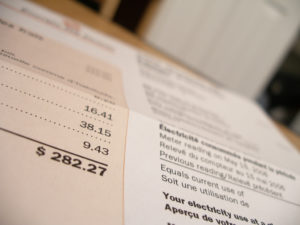 These kinds of expenses really add up. If you are paying these expenses anyway, and you can use a portion of them to deduct money from your taxable income, your tax bill not only shrinks, but you may bump yourself into a lower tax bracket.
These kinds of expenses really add up. If you are paying these expenses anyway, and you can use a portion of them to deduct money from your taxable income, your tax bill not only shrinks, but you may bump yourself into a lower tax bracket.
We’re talking potentially thousands of dollars in tax refund money.
You might say:
“I don’t have time to do anything else.”
When you think about the tax savings, you can really see the potential: what if you were doing something that only took a few hours a week but saved you thousands of dollars on your taxes, PLUS the money you make doing what you’re doing?
Do you have time NOT to get a side hustle?
You might say:
“I don’t have money to invest in a new business.”
What if you could invest a couple hundred dollars and save a few thousand dollars on taxes, and make money on top of that? Do you have the money NOT to invest in that kind of side hustle? That’s a pretty great guaranteed return, no matter what business you are in.
Got Questions? Text “side hustle” to (802) 227-7051
Here is a simplified example of the kind of tax savings possible with a side hustle:
Say you make $65,000 per year. According to your tax bracket, you’d pay 25%, or $16,250 in taxes over the course of one year.
If you had a side hustle, let’s say you could write off $15,000 in expenses per year (car mileage, part of your rent or mortgage, a portion of your cell phone bill, purchases and supplies for your business, start-up costs. If you take a trip for your business, the tax-write off numbers could easily be higher).
It is acceptable to take a “loss” in a new business for up to the first 3 years of the business. If you don’t make any money on your business the first year, here is your new taxable income:
$65,000 – 15,000 = $50,000 taxable income.
Now you’ve bumped yourself into a lower tax bracket, which only taxes 12% of your income. Now you’re paying only 12% taxes on a total income of $50,000
$50,000 x 0.12 = $6000 taxes.
Originally you would have paid $16,250 and now you’re paying $6000.
You just made $10,250!
And that’s without doing anything other than starting the business– and not including any money you make for your business.
These are all estimates and would vary based on your specific circumstances, but you can see how this works.
How would an extra $10,250 per year change your life?
Maybe you could pay off that credit card bill.
Make several mortgage payments.
Take a family vacation… or four.
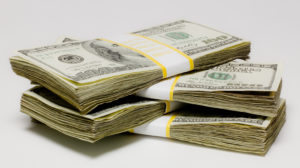
Get your Side Hustle On!
If you don’t already have a side hustle, you should definitely get one. But what kind?
There are lots of things you can do, from tutoring to babysitting to mystery shopping. The way to really make money, however, is to sell things. And you need to find something to sell that people really want. If you sell something you love, you can even deduct some of the products you use on your taxes as well! After all, if you are selling something to people, you need to try it out so you can tell them how great it is!
The great thing about a side hustle is that it’s flexible, and it’s based on effort (not hours).
Got Questions? Text “side hustle” to (802) 227-7051
If you don’t have a lot of time and you don’t need to make a lot of money: perfect! Do a little here or there and make some extra cash while saving tons of money on your taxes.
If you dream of quitting your job and finally being financially free: PERFECT. You can totally do that.
A Slave to the J.O.B.
I love to talk about ways to save money, and even make a little money or bonuses doing things you already do–like shopping online.
Today I want to talk about something more powerful, though: residual income.
You know how….
 …you go to work and you get paid for the time you spend doing things they tell you to do?
…you go to work and you get paid for the time you spend doing things they tell you to do?
…you can have a great job with lots of money and amazing benefits, but if you don’t show up to work, you don’t get paid (or lose your job)?
…your boss (or your company) can make you do things you don’t want to do because they have the power to take away your livelihood?
…rumors in the company about layoffs keep you up at night, worried what you would do if you lost your job?
The big corporations we work for have us at the end of a rope, and there isn’t much we can do about it. We need the money they are paying so we will do whatever it takes to earn it.
- Hour-long commute in rush hour traffic.
- Long days in a boring office sitting at a computer.
- Eye, back, neck strain from sitting at a desk all day.
- Doing the same thing every day.
- Longing for that next vacation.
What choice do we have? We have to earn a living. We have bills to pay, kids to feed, Christmas presents to buy!
Where does all the money go?
Enter: Side Hustle

What if you could reduce your tax burden while increasing your income?
Most of us have jobs. A side hustle is an income “on the side.” Working for yourself! There are so many advantages to working for yourself: flexible schedule, tax deductions and extra income!
You can make your own hours–you can work as much as you want to, and you don’t have to quit your current job (unless you want to…).
There are so many benefits to getting a side hustle, you may be wondering why you don’t have one yet.

Here are a few questions to ask yourself when deciding on a side hustle:
- If you could do something you love and get paid for it, what would that be?
- How much money would you want to make to reach your goals?
- What is your biggest motivation for finding a side hustle?
- How could your family’s life change if you made an extra $1000 a month? An extra $5,000? $10,000?
- What personal goals could be pursued or attained if you had financial freedom?
The answers to these questions may bring you closer to the side hustle that’s perfect for you.
Of course, I have a couple of favorites, for very good reasons. I’d love to discuss with you why I chose them and why they are working for me!
Learn a little bit more about the ones I’m involved with here:
How Gut Health is Connected to Mental Health: the Mental Wellness Revolution
The Next Big Business Boom: The Microbiome
Salon-Quality, Anti-Aging (hair growing) “Magic” Shampoo!
BUT WAIT, THERE’S MORE!
What do you think? What kind of side hustle would suit you best?
Questions? Text “side hustle” to (802) 227-7051
Text “side hustle” to (802) 227-7051 to learn more about the side hustles I’m involved in and the side hustle that is perfect for you.
New to Freedom & Coffee? Start here.
Disclosures:
Many of the product links in this post are affiliate links, which means I will receive a small commission from any purchase. I only recommend products that I love and this is at no extra cost to you. Thank you for supporting our mission with your clicks!
I am not an accountant, so please talk with your accountant or tax preparer for more details on the tax deductions for which you qualify.


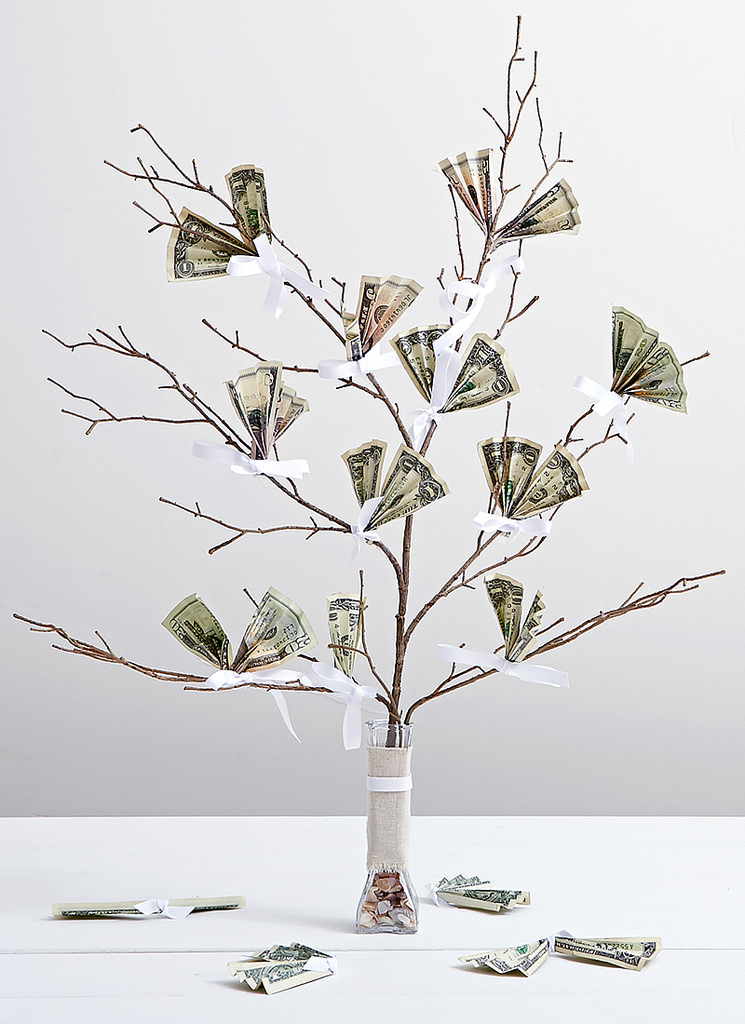

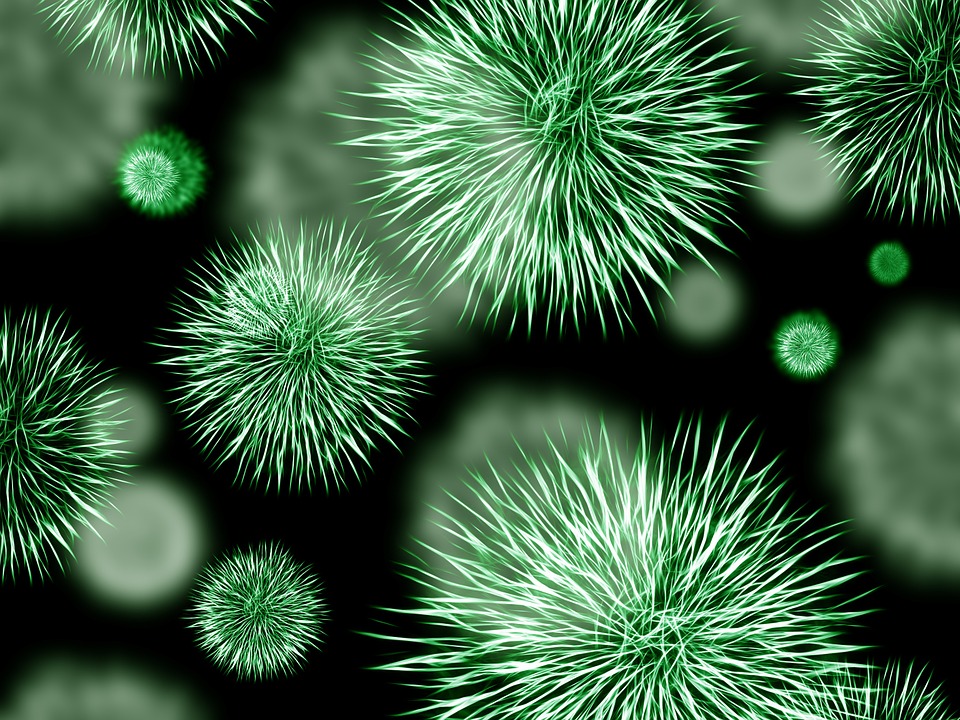
 I don’t know the details of this original illness, but I do know that he’s been suffering from digestive issues ever since, which have increasingly tormented him and prevented sleep at night, interfering with his work and ministry at church.
I don’t know the details of this original illness, but I do know that he’s been suffering from digestive issues ever since, which have increasingly tormented him and prevented sleep at night, interfering with his work and ministry at church.
 A huge variety of our bacteria live in our digestive systems, or our “guts,” and researchers are discovering that at least 70-80% of our immune system is in our gut. Our gut health has a huge influence on our overall health: both physical and mental.
A huge variety of our bacteria live in our digestive systems, or our “guts,” and researchers are discovering that at least 70-80% of our immune system is in our gut. Our gut health has a huge influence on our overall health: both physical and mental.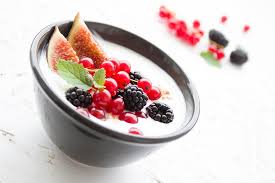 Yogurt is the most popular and widely-known source of probiotics, but not all yogurts are created equal.
Yogurt is the most popular and widely-known source of probiotics, but not all yogurts are created equal.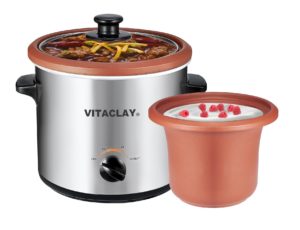
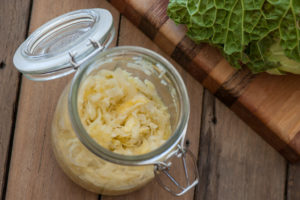
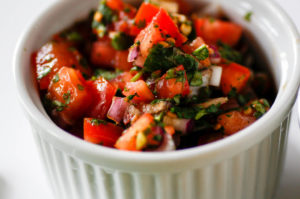
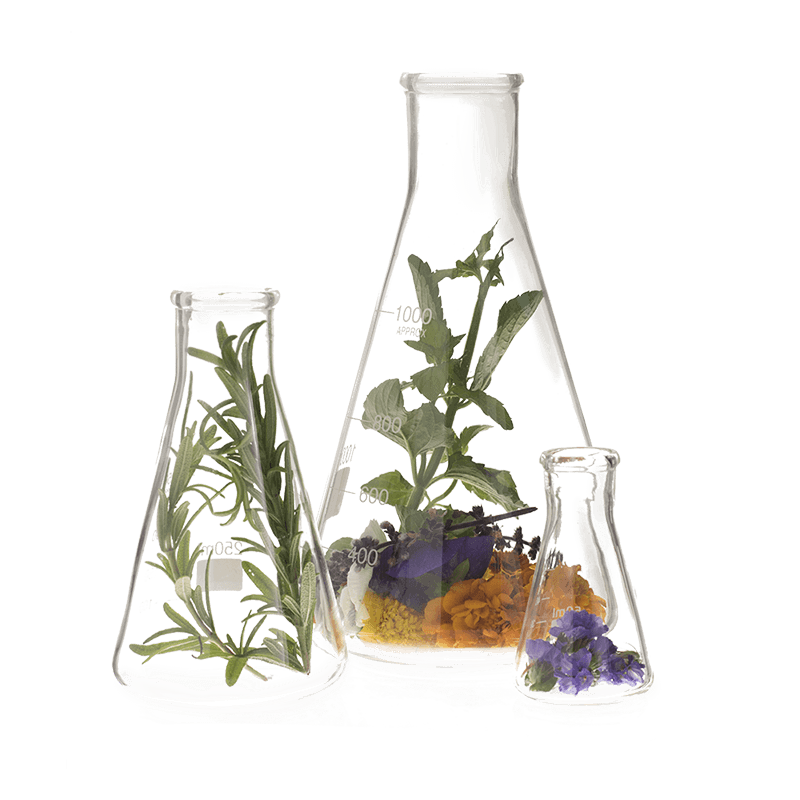
 In antiquity, people got a good amount of soil in their diets from digging up veggies and eating them.
In antiquity, people got a good amount of soil in their diets from digging up veggies and eating them.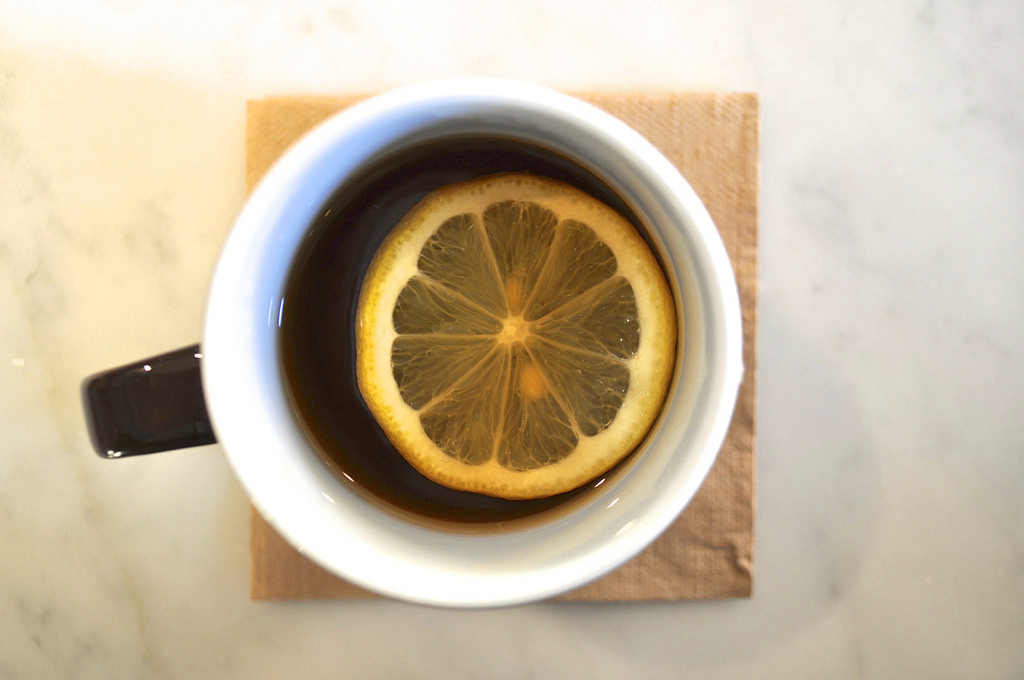



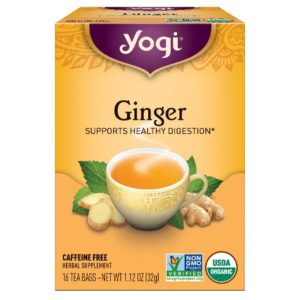
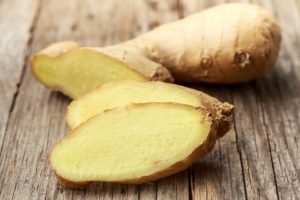
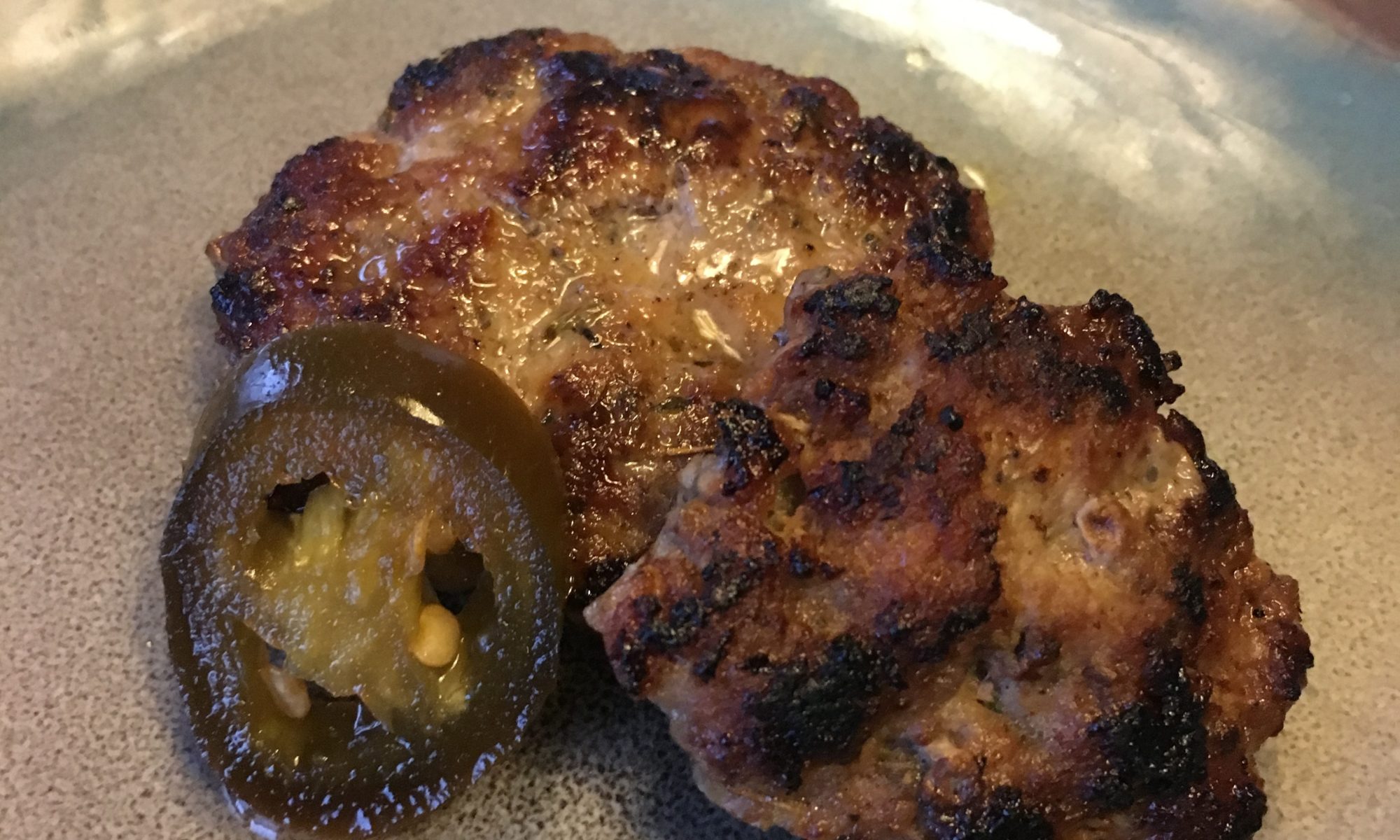
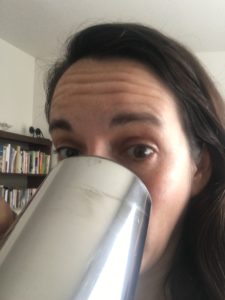
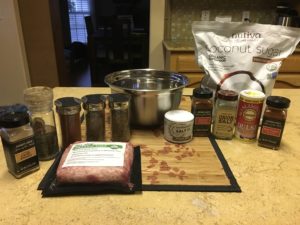
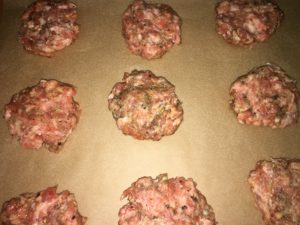
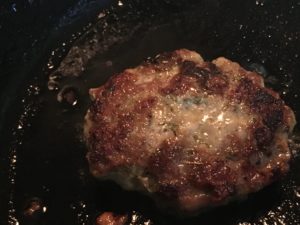


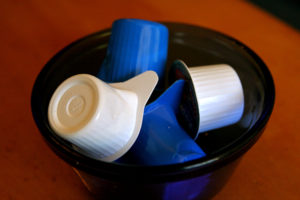 She told me she makes it at home and uses regular coffee from the store. She loves to put a flavored non-dairy creamer in it every day, because it “tastes so good!”
She told me she makes it at home and uses regular coffee from the store. She loves to put a flavored non-dairy creamer in it every day, because it “tastes so good!”
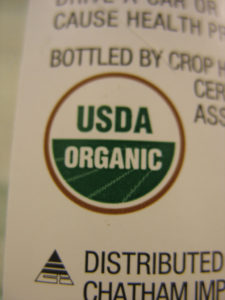
 Buy whole beans and a grinder.
Buy whole beans and a grinder.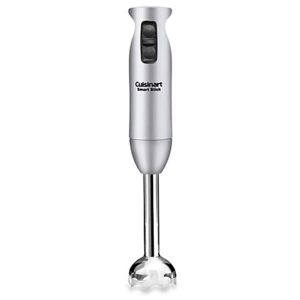
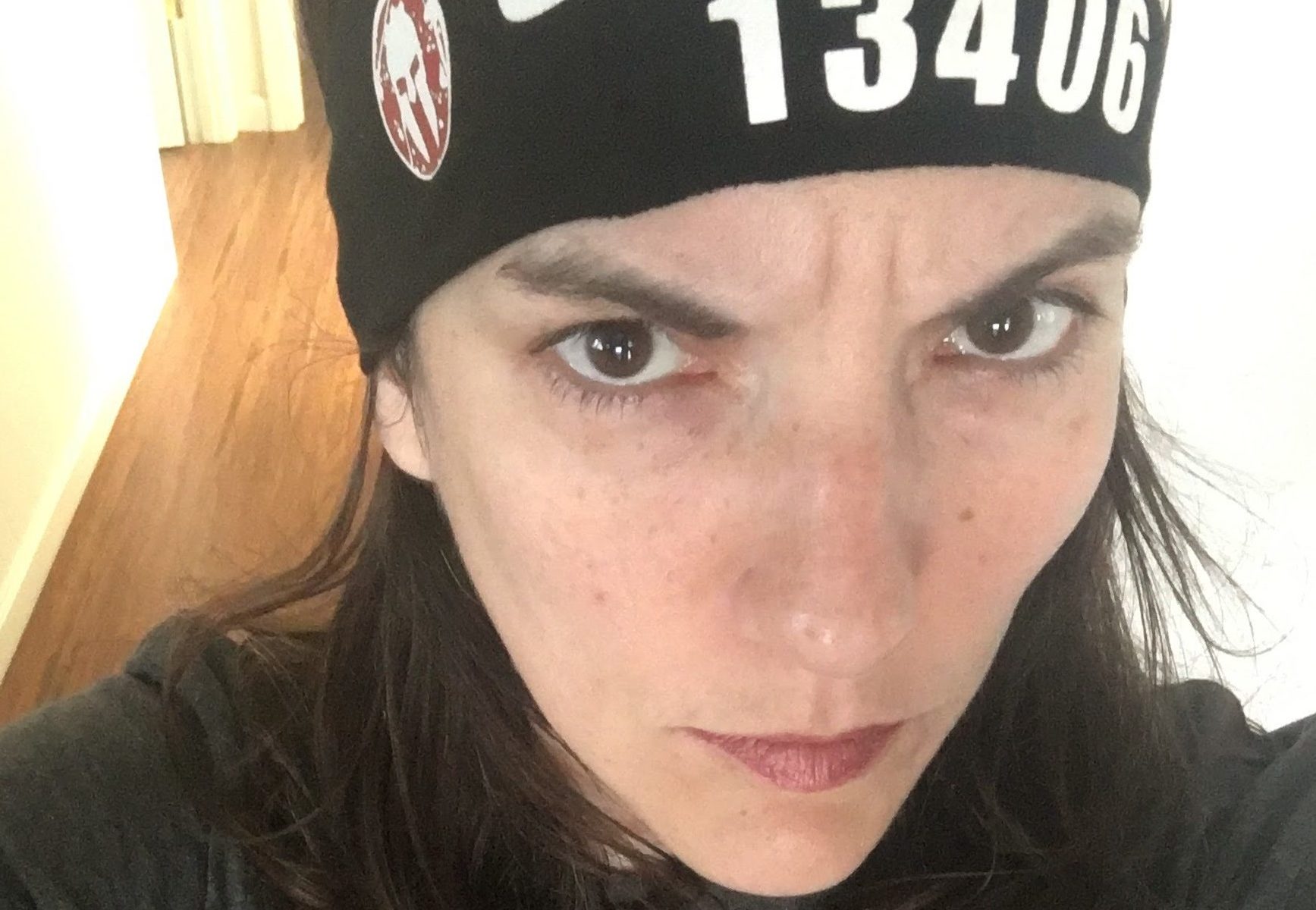
 In America we’re all about freedom.
In America we’re all about freedom.